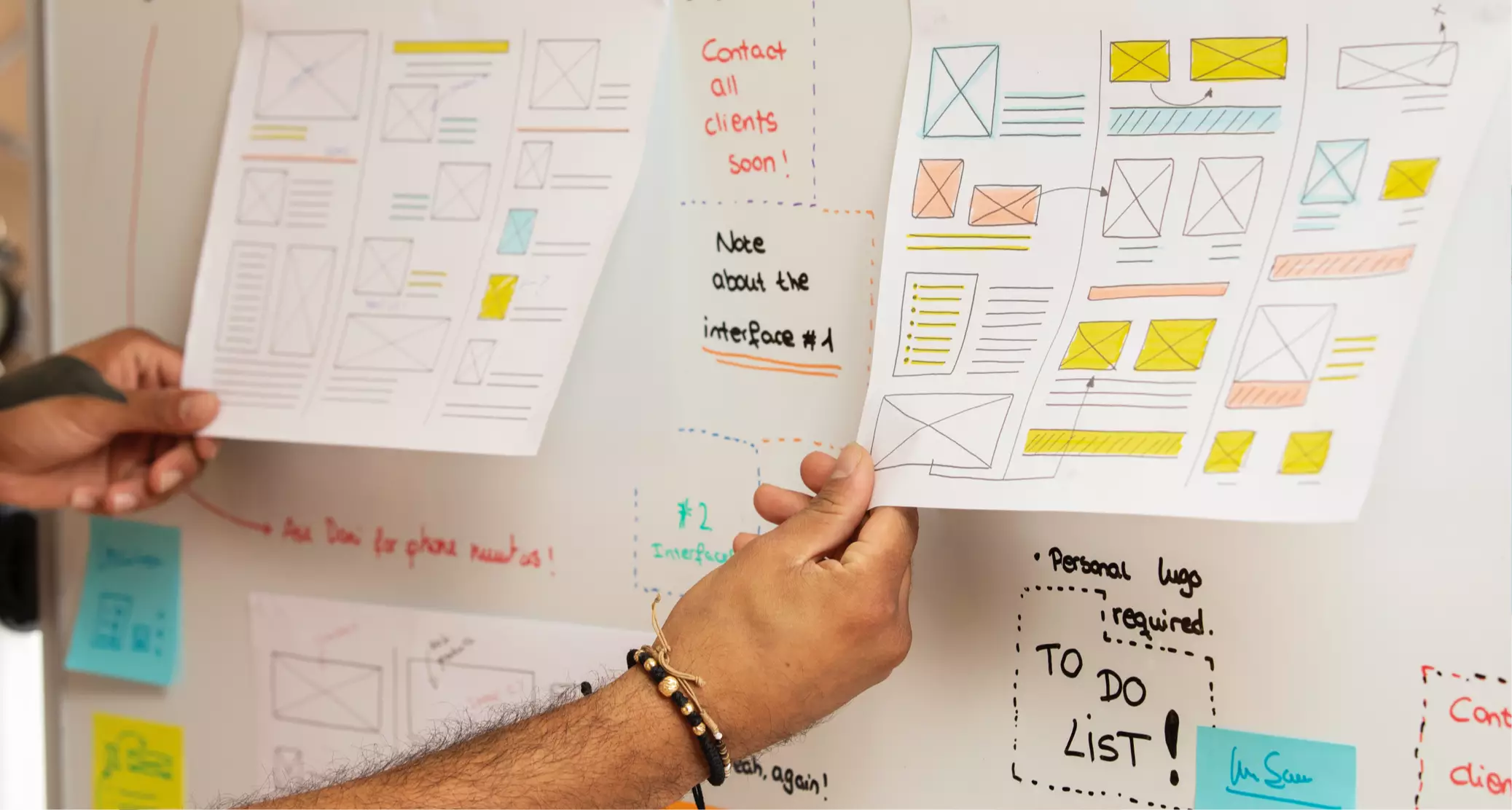How UX Design Drives Business Growth and Success
We live in a digital world; there’s no two ways about it. People use technology every day; they’re online all the time, which means they know what should work and how it should look. Businesses rely on their websites to engage users and drive growth. But, a visually appealing website website just doesn’t cut it.

That’s where user experience (UX design) really comes into its own. You’ve got an online presence, but an excellent UX strategy achieves business success and can truly exceed user needs and expectations.
When users can navigate a website seamlessly, find what they need, and leave satisfied, it creates a direct impact on business growth.
We’ll cover all aspects of the role of UX design that can drive measurable results. User experience can lead to higher conversion rates, a loyal customer base, and overall business value.
What is UX Design in Web Design?
UX design (user experience design) focuses on improving the interaction users have with a website. It involves understanding user needs, removing friction points, and ensuring intuitive navigation across all pages.
A strong UX strategy combines:
- User research to identify behaviours and pain points
- Effective UI design (user interface design) for a clean and usable layout
- Iterative improvements to ensure customer satisfaction
Unlike other design approaches, user-centered design ensures every decision is made with the end-user in mind.
The Significant Impact of UX Design on Business Growth
1. Enhanced User Engagement
The better the user experience, the more likely users are to engage with your site.
- Intuitive Navigation: Websites with clear pathways make it easy for users to find products, services, or information.
- Aesthetically Pleasing Design: A visually clean and well-designed layout keeps users interested.
When users can easily understand and engage with your site, they spend more time exploring it, leading to higher chances of conversion and retention.
2. Increased Conversion Rates
A seamless UX can significantly boost your conversion rates.
- Clear Calls to Action (CTAs): Effective UX ensures that buttons and prompts guide users toward completing actions, such as making a purchase, signing up, or contacting you.
- Reduced Friction: By identifying pain points through user research, businesses can refine the process and improve flow.
An excellent UX ensures users reach their goals without frustration, which directly impacts business success.
3. User-Centered Design Builds Customer Satisfaction
UX design focuses on putting users first. By understanding user needs and expectations, you can create a website that works for them.
- Responsive Design: A mobile-first design ensures your site works flawlessly on all devices.
- Refine and Improve UX: Gathering user feedback helps you make informed design decisions to enhance usability.
When users are happy with their interaction, they’re more likely to return, boosting loyalty and creating a strong customer base.
4. Lower Development Costs Over Time
Investing in UX design upfront can save significant costs during development.
- Validate Design Early: By conducting user research and testing prototypes, businesses can address usability issues before launch.
- Iterative Design Process: Focusing on UX during design and development ensures fewer expensive fixes post-launch.
Good UX prevents wasted time and resources, helping you achieve your business goals efficiently.
5. Competitive Edge in a Crowded Market
In today’s digital transformation, a strong UX can make or break a business.
- Stand Out: A website that prioritises user experience gives you an edge over competitors with poorly optimised sites.
- Build Trust: UX design ensures that users can trust your site to meet their needs quickly and efficiently.
With a focus on intuitive, user-centered design, your website becomes a powerful tool for growth in a competitive market.
How UX Strategy Aligns with Business Goals
1. Understanding User Needs Through UX Research
A successful UX strategy starts with understanding your audience. User research provides insights into:
- How users interact with your website
- Pain points that prevent conversions
- Features that matter most to your customer base
By aligning design decisions with user behaviours, businesses can create websites that truly resonate.
2. Impact on Customer Experience and Retention
Positive user experience leads to stronger relationships with your customers.
- User Satisfaction: When users have an enjoyable, hassle-free interaction, they’re more likely to trust your brand and return.
- Loyal Customer Base: Consistent and intuitive design builds loyalty, turning one-time visitors into repeat customers.
The focus on UX ensures a website not only meets expectations but exceeds them, driving long-term retention.
3. UX Design Improves Business Processes
A strong UX strategy can enhance business processes by simplifying tasks and improving efficiency for both users and internal teams.
For example:
- A website optimised for navigation reduces customer service enquiries.
- Streamlined forms and CTAs improve conversions without manual follow-ups.
By improving usability, businesses can automate processes, save time, and optimise performance.
4. Enhancing Website Performance
UX goes hand-in-hand with website performance. Factors like speed, responsiveness, and seamless interactions are key to user satisfaction.
- Core Web Vitals: Google now measures UX signals like page load times and interactivity, making them critical for rankings.
- Mobile-First Design: Ensuring smooth performance on mobile devices is essential for success in today’s digital world.
An optimised, responsive site not only satisfies users but also improves visibility in search engines, driving business growth.
Key Elements of Effective User Experience Design
1. Intuitive Navigation
Users should find what they need quickly. User interface design (UI design) focuses on creating clear, logical pathways.
2. User Feedback and Research
Incorporating real user feedback allows businesses to refine designs and address user frustrations.
3. Visually Appealing Design
Websites should be clean, clutter-free, and designed with the user interface in mind. Balance functionality with a modern, professional look.
4. Iterative Design Process
Effective UX is not “one and done.” Continuous improvements based on user data help you create an exceptional experience.
Why UX Design is Essential for Business Growth
Here’s why UX plays a significant impact on business success:
- Enhances User Engagement: Users stay longer and interact more.
- Improves Conversion Rates: Simplifies user journeys to drive actions.
- Increases Customer Satisfaction: Addresses pain points for a better experience.
- Lowers Development Costs: Avoids costly post-launch fixes.
- Drives Business Value: Builds trust, loyalty, and a strong customer base.
In short, investing in UX design is an investment in your overall business goals.
The Bottom Line: The Role of UX in Business Growth
The role of UX design in business growth is undeniable. A user-focused approach to web design creates:
- Higher user engagement
- Improved conversion rates
- Loyal, satisfied customers
- Better website performance
- Streamlined business processes
Stay ahead of a crowded market with user experience. In today’s digital transformation, UX design is not optional — it’s essential for business success.



